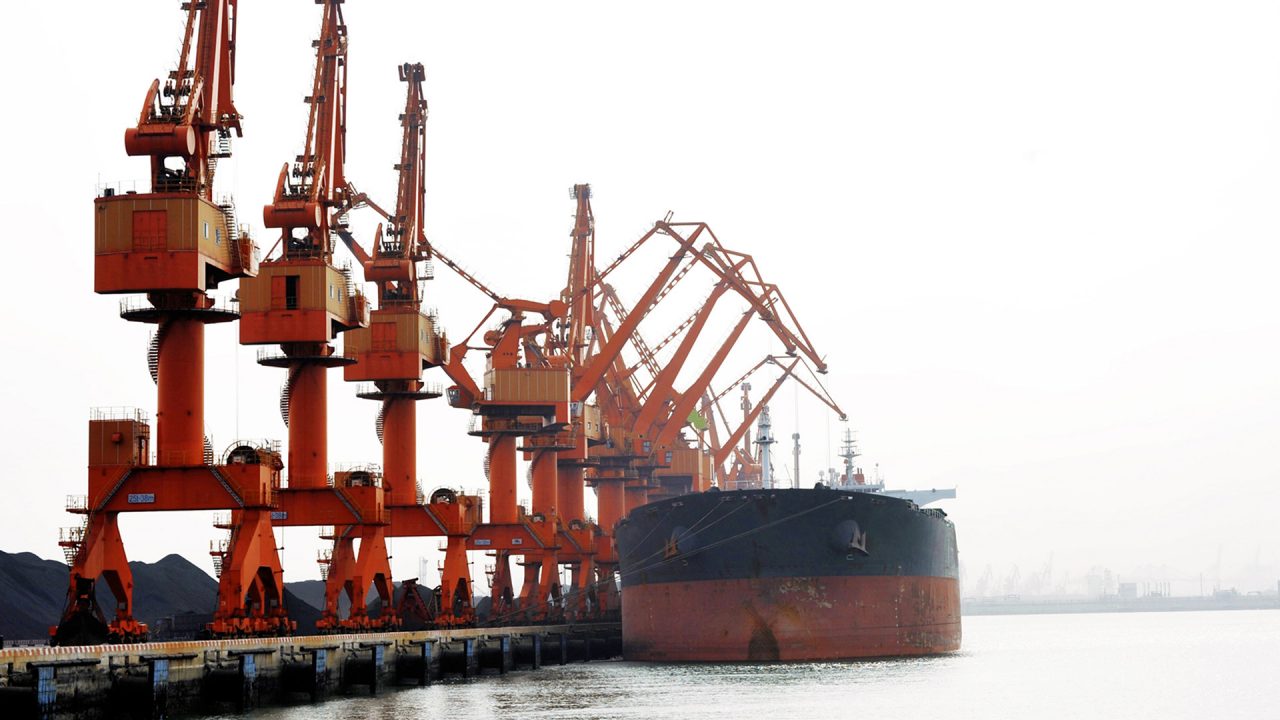

Infrastructure
| Sector | Infrastructure |
| Sub-sector | Ports |
| Location | Australia |
Port of Newcastle in New South Wales, Australia, has been exporting coal since 1799. It is the largest bulk shipping port on Australia’s east coast1 and has long been a major source of regional economic prosperity in the Hunter region, currently underpinning almost 9,000 direct and indirect jobs.2
As the investment manager of a 50 per cent shareholding, Macquarie Asset Management (MAM) is supporting the port to diversify its existing revenue base, build new, future-focussed infrastructure, and invest in local training and employment opportunities.
Working with MAM and its co-investor, the port is diversifying its revenue base by increasing agricultural exports and developing a deepwater container terminal. It is also developing a 220-hectare Clean Energy Precinct, dedicated to supporting the production, storage and exporting of clean energy products and technologies, including hydrogen and green ammonia.4
To do this, the port recognises they must continue to invest in the development of local talent and build regional capacity. Through a partnership with the University of Newcastle, the port is working to create local employment opportunities into jobs of the future. This has included establishing an immersion program for students, parents and teachers; working with the university’s Institute for Energy and Resources regarding new technologies including hydrogen; and providing science, technology, engineering and mathematics (STEM) scholarships for Aboriginal and Torres Strait Islander people.
Port of Newcastle has also been actively engaging with its community to ensure they are brought on the journey. This has involved reinvigorating a community liaison group, comprised of 20 representatives from local businesses and community groups, to ensure open lines of communication between the port and its neighbours, alongside engaging with local industry and government stakeholders on its plans for the Clean Energy Precinct.
Outcome
As a result of its diversification strategy, in 2022, the port increased exports of wheat to over two million tonnes, and meals and grain to over 470,000 tonnes.5 Work has also commenced on its deepwater container terminal to build further export capacity.
Meanwhile, the Clean Energy Precinct has received backing from 30 partners, including domestic and multi-national organisations, along with a $A100 million funding grant from the Australian Government.6 This funding will enable Newcastle and the wider region to become a major production, storage and export hub for future clean energy products.
The Clean Energy Precinct is expected to create around 5,800 jobs in the area,7 which will be supported by a pipeline of students from the University of Newcastle, along with opportunities to re-skill the region’s existing workforce. It has also been estimated that the project could contribute to the Hunter’s gross regional product by $A4.2 billion per year.8
direct and indirect jobs related to Port of Newcastle2
Clean Energy Precinct to be developed to support clean energy products and technologies
jobs estimated to be created as part of the Clean Energy Precinct7
increase in annual gross regional product8
We are harnessing the Hunter region’s capability and critical energy assets to help deliver Australia’s decarbonisation objectives, while creating new trade opportunities, jobs and economic growth for clean energy exports – both locally and across the country.”
Craig Carmody
Chief Executive Officer
Port of Newcastle
At Macquarie Asset Management, we view sustainability as part of our fiduciary duty to protect and grow our clients’ assets. This focus also helps us generate positive outcomes for our investee companies and the communities they serve. Our latest Sustainability Report outlines the progress we have made over the past financial year.